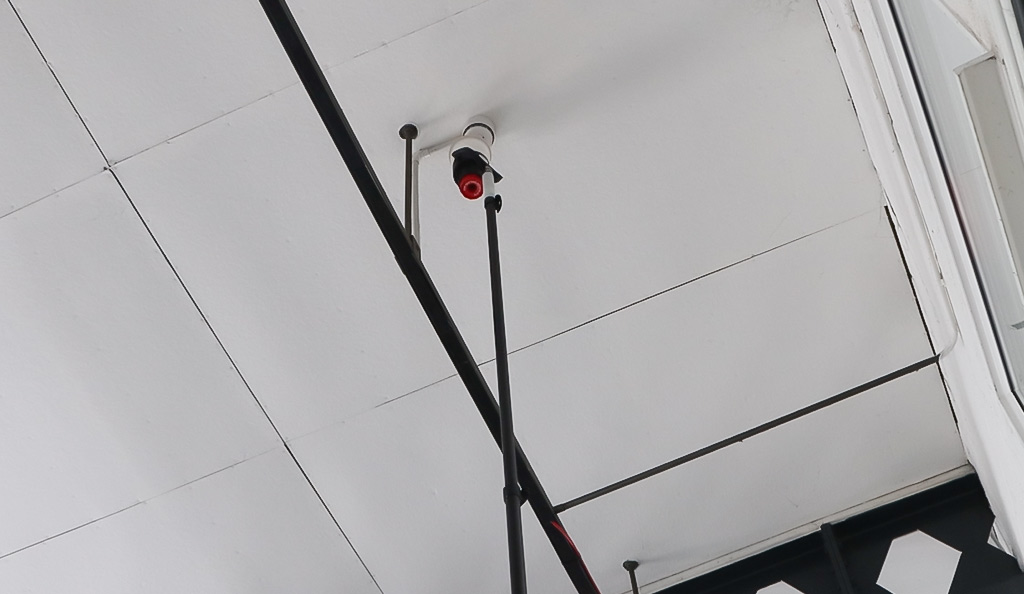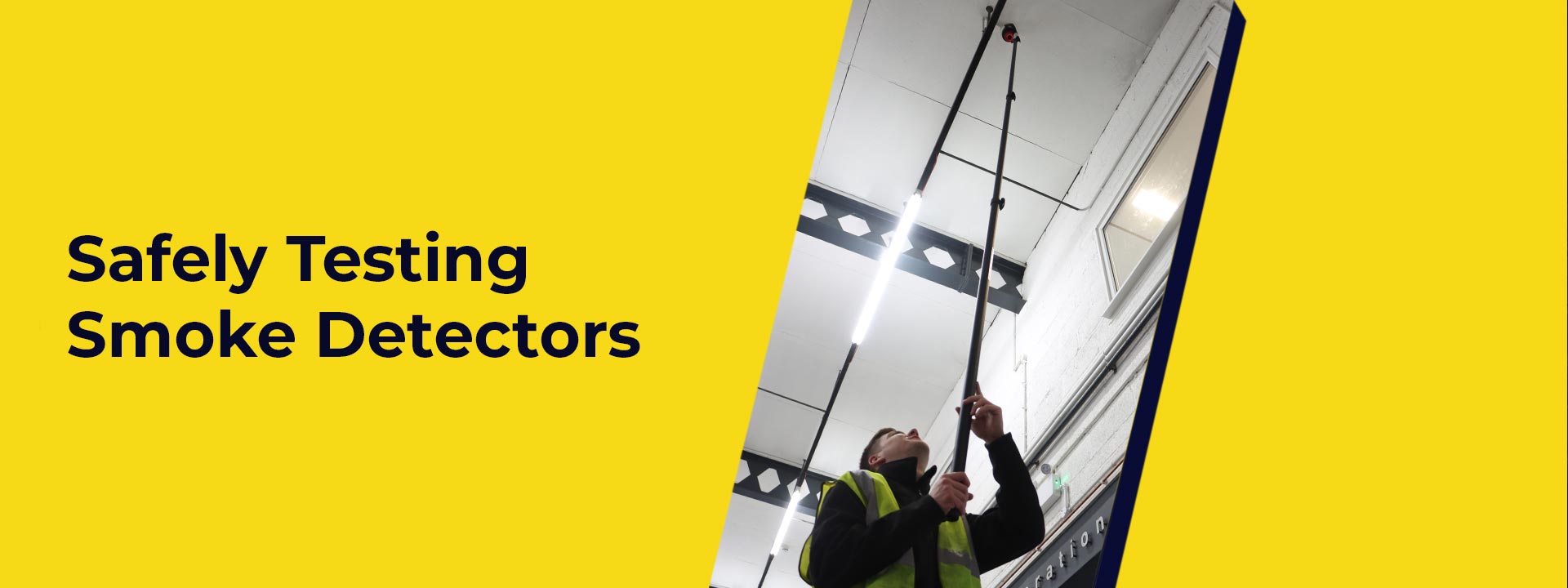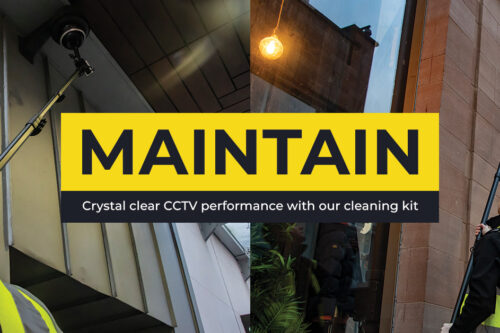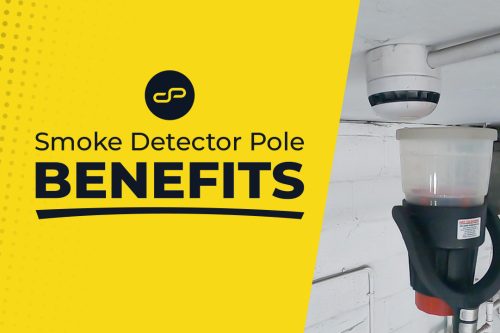Ensuring the proper functioning of smoke detectors in warehouses and business premises is crucial for safety, but it is not without its risks. Here are some key risks associated with testing smoke detectors and the steps to mitigate them.
Potential Risks
- False Alarms:
- Testing smoke detectors can inadvertently trigger false alarms, causing unnecessary panic and disruption. This can halt operations, lead to financial losses, and desensitize employees to actual alarms.
- Health Hazards:
- The use of aerosol sprays or other testing substances can pose respiratory risks to employees, especially in confined spaces or areas with poor ventilation.
- Electrical Hazards:
- Handling smoke detectors, especially in high areas, can expose individuals to electrical hazards if proper precautions are not taken.
- Falls and Injuries:
- Testing often requires access to high ceilings or hard-to-reach places, increasing the risk of falls and related injuries.
- System Malfunctions:
- Improper testing procedures can lead to system malfunctions, where smoke detectors may fail to operate correctly in an actual emergency.

Mitigation Steps
- Schedule Tests During Off-Hours:
- Conduct tests during non-operational hours or times when minimal staff is present to reduce disruption and risk of false alarms causing panic.
- Use Personal Protective Equipment (PPE):
- Ensure that staff conducting tests wear appropriate PPE, such as masks and gloves, to protect against inhalation of test substances and other potential hazards.
- Electrical Safety Measures:
- Turn off relevant power sources when handling electrical components of smoke detectors and ensure proper use of insulated tools.
- Proper Training and Procedures:
- Train employees on safe testing procedures and use certified professionals when necessary. Follow manufacturer guidelines to avoid damaging the detectors.
- Utilize Safe Access Equipment:
- Use safe and stable equipment to hard-to-reach detectors, such as the Vertifier v3 telescopic pole. Ensure that equipment is in good condition and that employees are trained in its use.
- Document and Monitor Tests:
- Keep detailed records of all tests performed, including dates, times, and outcomes. This helps in tracking maintenance schedules and identifying potential issues before they become serious.
- Pre-Test Notifications:
- Inform all employees of scheduled tests to prevent panic and ensure they are aware of the testing process. Signage can be helpful to remind staff of ongoing tests.
By recognizing and addressing the risks associated with testing smoke detectors, businesses can maintain safety without compromising on the protection these critical devices provide. Implementing these precautions ensures a safer environment for all employees and maintains the integrity of safety systems.






